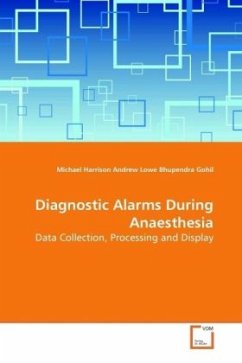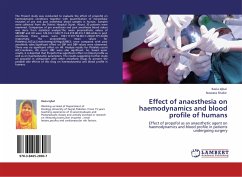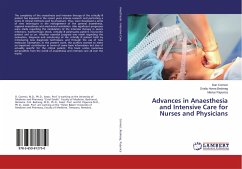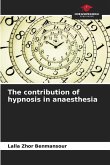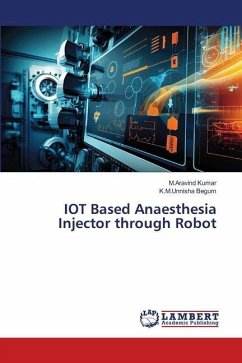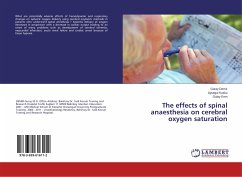Anaesthesia has changed over thirty years.
Physiological knowledge and pharmacological
developments have improved the perioperative care of
the patient and technological advances have allowed
an integration of monitoring modalities.
Physiological changes occur during
anaesthesia and warning systems should be
based on the interaction of the interdependent
physiological processes. Simple threshold alarms are
used for the majority of monitored parameters.
This book describes ways of data collection,
processing and display that, hopefully,
will not only decrease the incidence of false alarms
but will also integrate the various parameters to
produce explicit warnings of adverse change. This
work is built on that of others and the writers
recognise that there is no simple answer if it
were so we would have intelligent integrated
monitors already. This book may be useful to
specialists and researchers in the fields of
anaesthesia and intensive care and may stimulate
those involved in the manufacture of monitors to
bring the sophistication of alarm technology up to a
level that might be expected from thirty years of
worldwide research.
Physiological knowledge and pharmacological
developments have improved the perioperative care of
the patient and technological advances have allowed
an integration of monitoring modalities.
Physiological changes occur during
anaesthesia and warning systems should be
based on the interaction of the interdependent
physiological processes. Simple threshold alarms are
used for the majority of monitored parameters.
This book describes ways of data collection,
processing and display that, hopefully,
will not only decrease the incidence of false alarms
but will also integrate the various parameters to
produce explicit warnings of adverse change. This
work is built on that of others and the writers
recognise that there is no simple answer if it
were so we would have intelligent integrated
monitors already. This book may be useful to
specialists and researchers in the fields of
anaesthesia and intensive care and may stimulate
those involved in the manufacture of monitors to
bring the sophistication of alarm technology up to a
level that might be expected from thirty years of
worldwide research.

